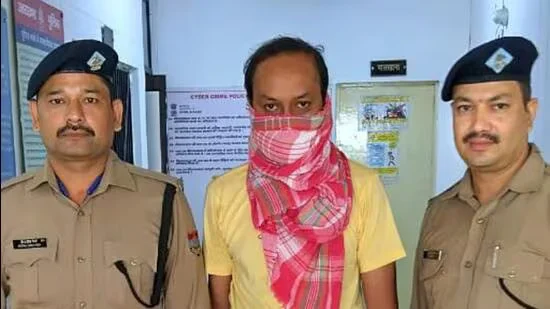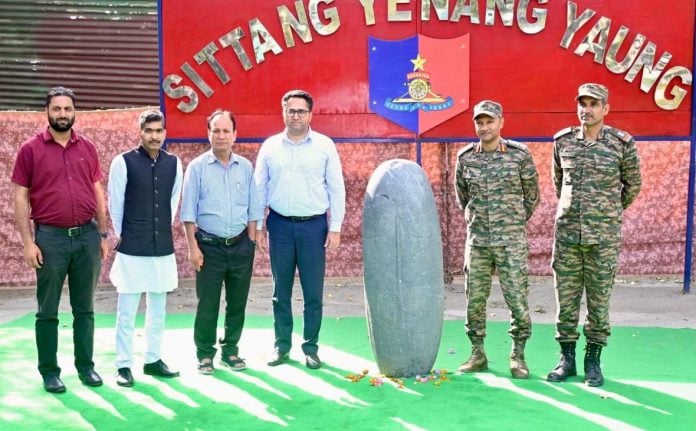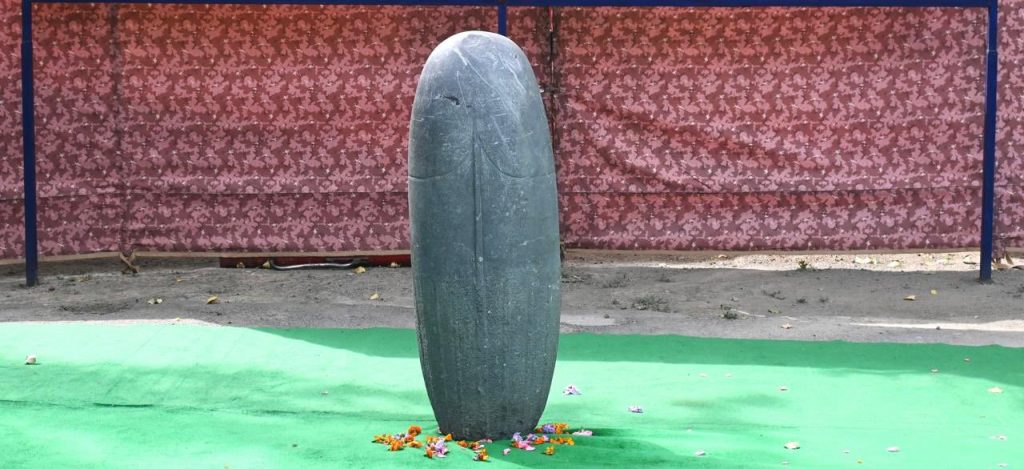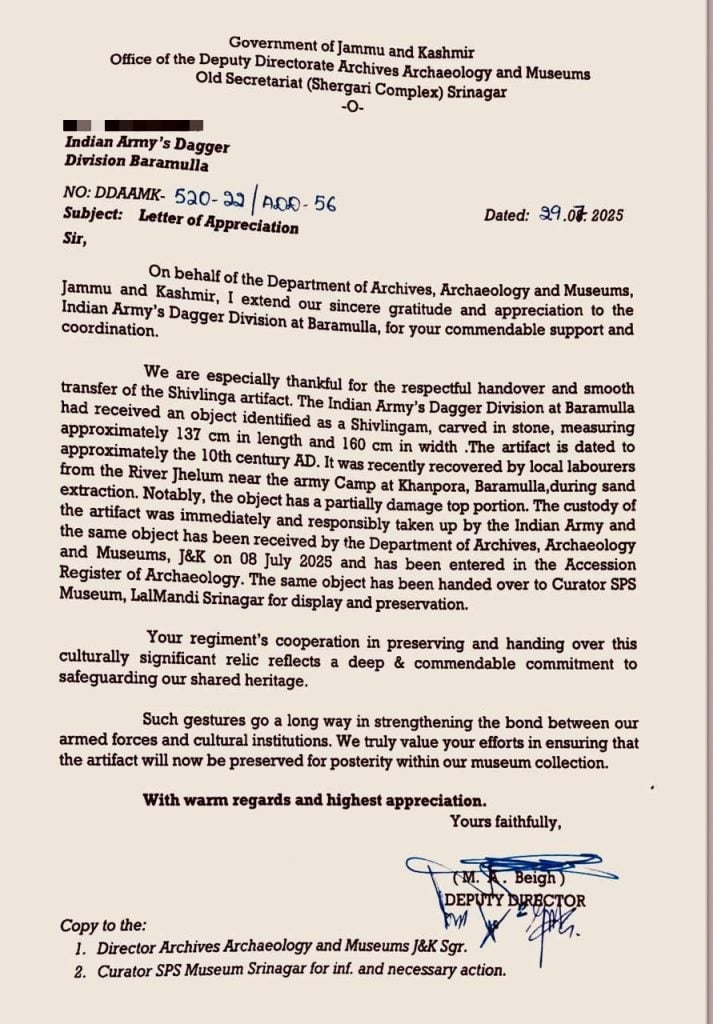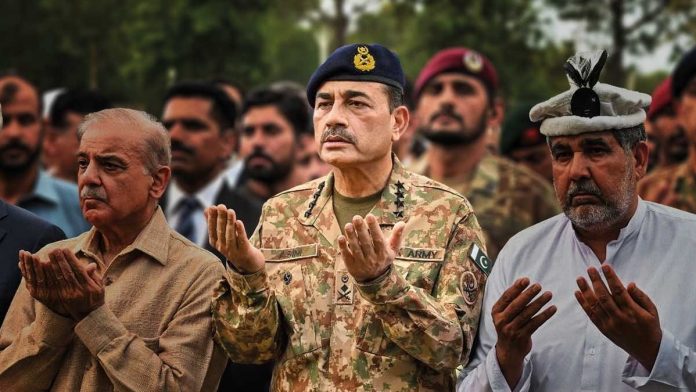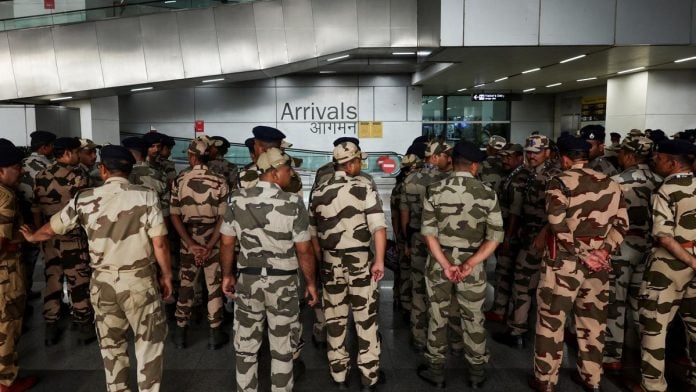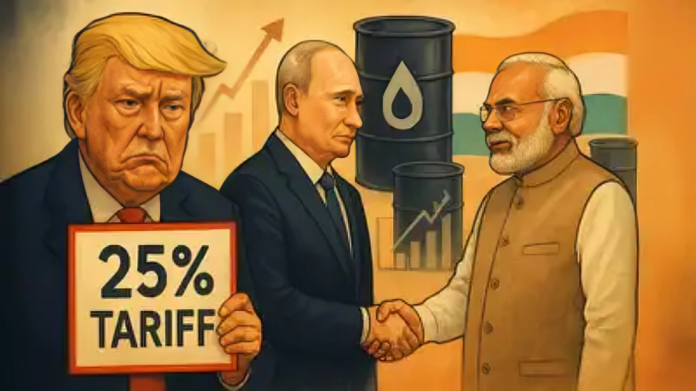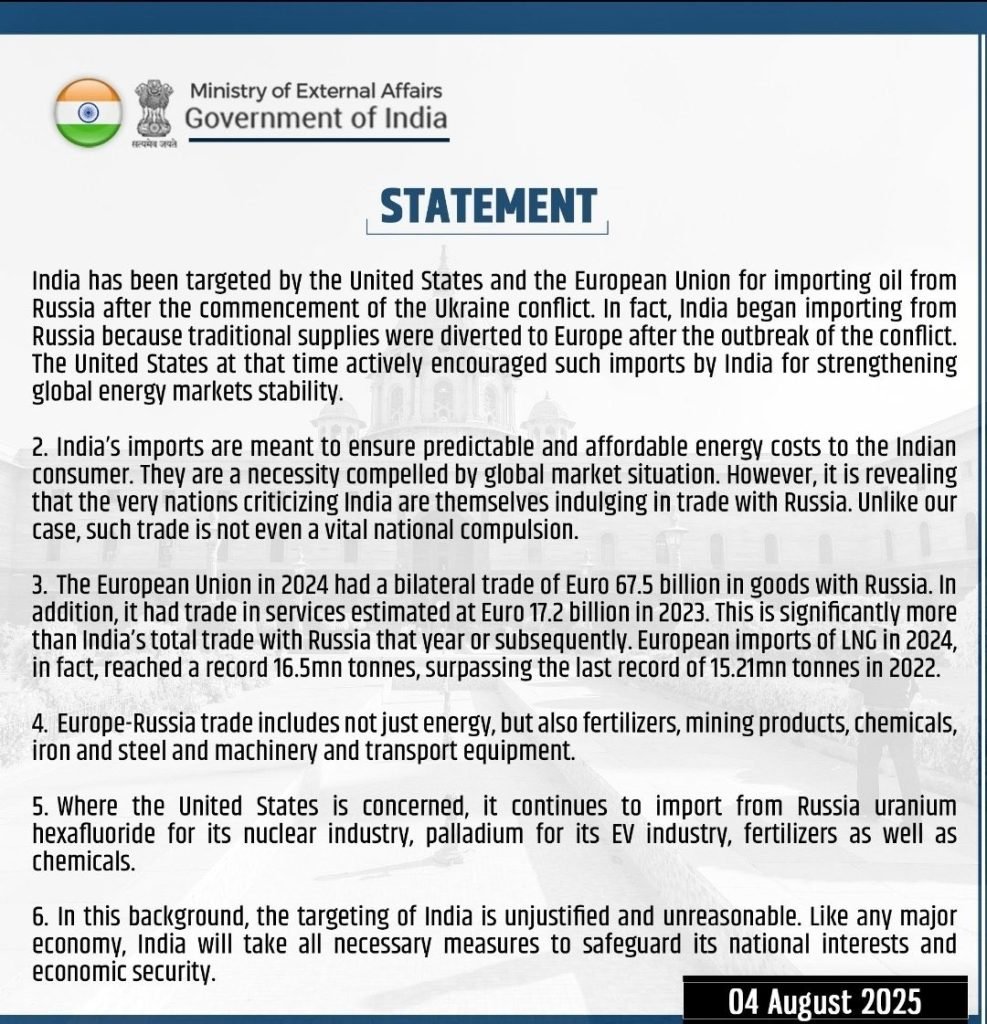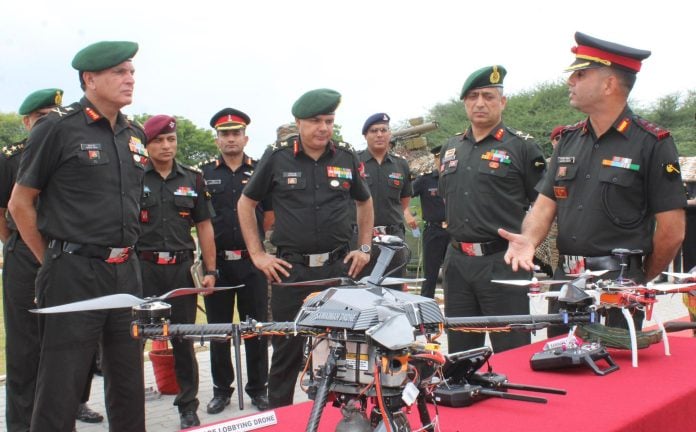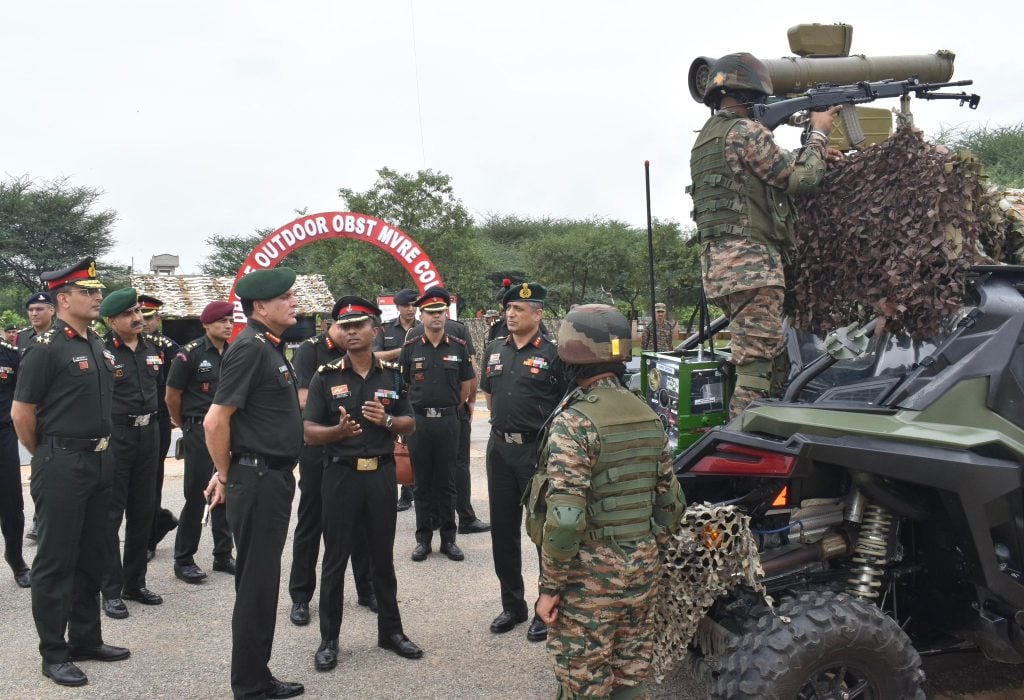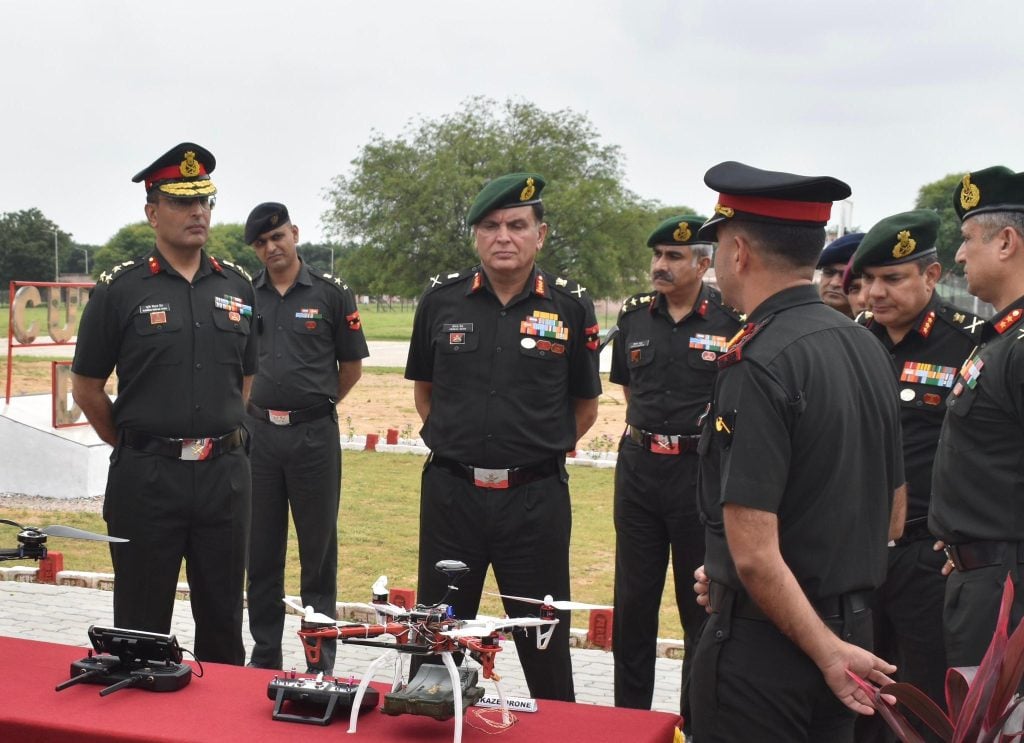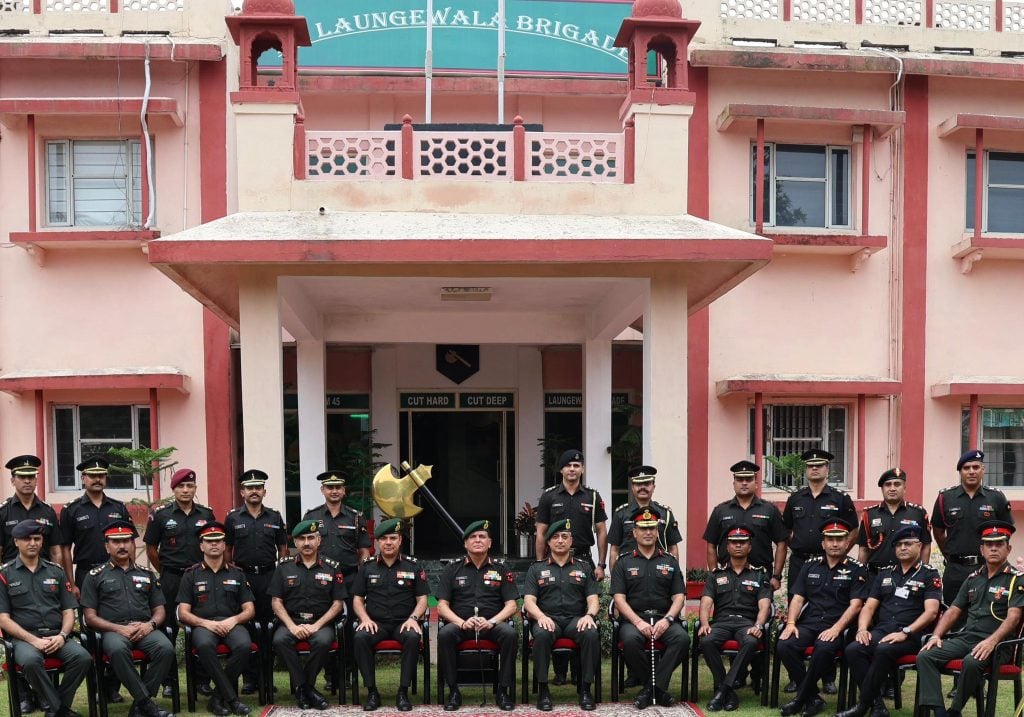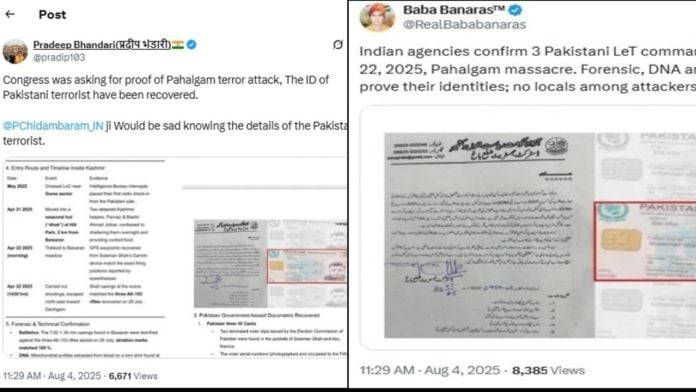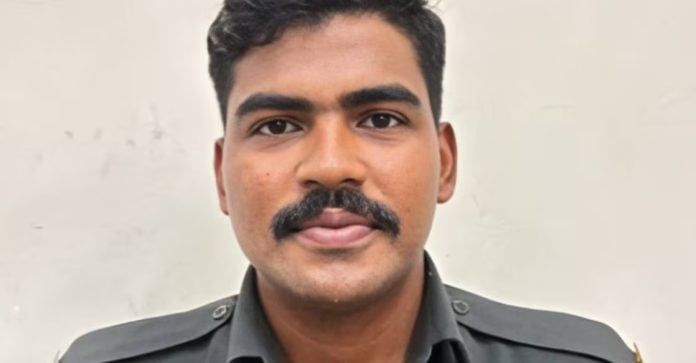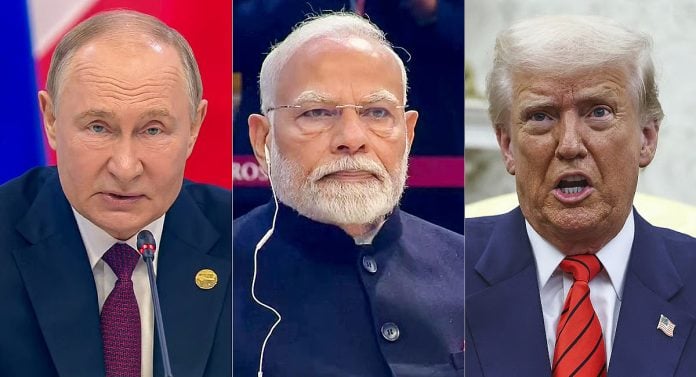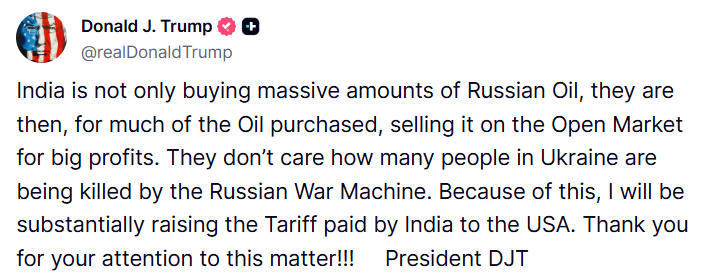Uttarakhand Police have arrested a 35-year-old man from Chhattisgarh’s Durg district for allegedly cheating a retired Subedar Major of the Army Medical Corps of ₹34.17 lakh through a fraudulent foreign investment scheme.
The accused, identified as Har Vilas Nandi, is believed to be the mastermind of an international cybercrime network, according to the cyber cell of Uttarakhand Police. Police recovered foreign currency from the UAE, Oman, and the USA, along with an Aadhaar card, PAN card, ATM card, UAE resident card, and a mobile phone.
Investigations revealed that Nandi had lived in Dubai for 10 years, with his Facebook and email accounts created there. His email ID, linked to his bank account, was operated from the Philippines, and the cheated funds were traced to his account before being withdrawn in Dubai. SSP (STF) Navneet Singh Bhullar said Nandi’s account had over ₹3.46 crore in transactions within a month and was linked to at least 37 cybercrime complaints nationwide. He had also allegedly paid Chhattisgarh labourers between ₹50,000 and ₹1 lakh for their bank accounts, later using them for fraudulent transfers.
Nandi had been absconding for a long period, hiding in the Naxal-affected Dantewada region. He was tracked through technical surveillance, arrested in Bhilai, and brought to Dehradun on transit remand.
The case began in 2024 when the retired Subedar Major lodged a complaint, stating he was duped by a fake foreign investment company, Apollo India Private Equity (IV) (Mauritius) Ltd, discovered through Facebook. The victim was approached by a woman posing as a trading assistant and a man as a customer service manager, eventually persuading him to invest in multiple transactions.
A mentor figure named “John Peter Hussain” even conducted trading sessions to gain the victim’s trust. Through coordination with banks, service providers, and Meta, investigators identified Nandi as the key suspect, uncovering that the fraud had cross-border operations spanning Dubai and the Philippines.
Police say the arrest marks a major breakthrough against organised cybercrime networks targeting ex-servicemen and other vulnerable individuals across India.

